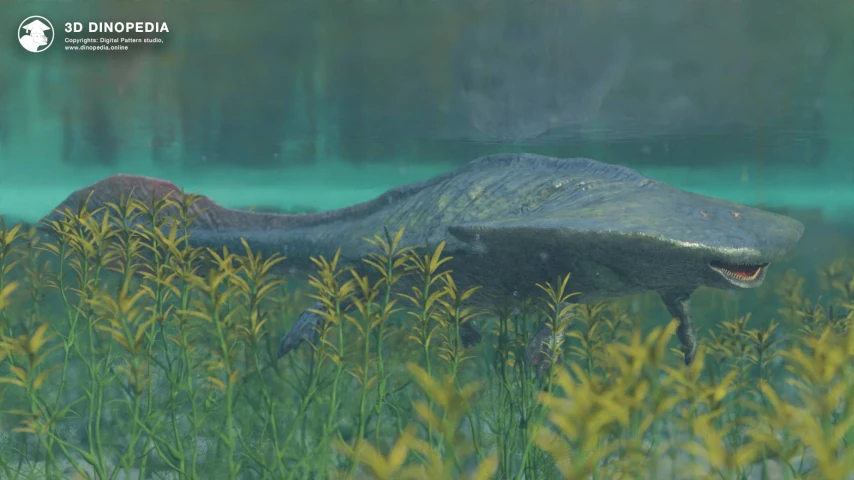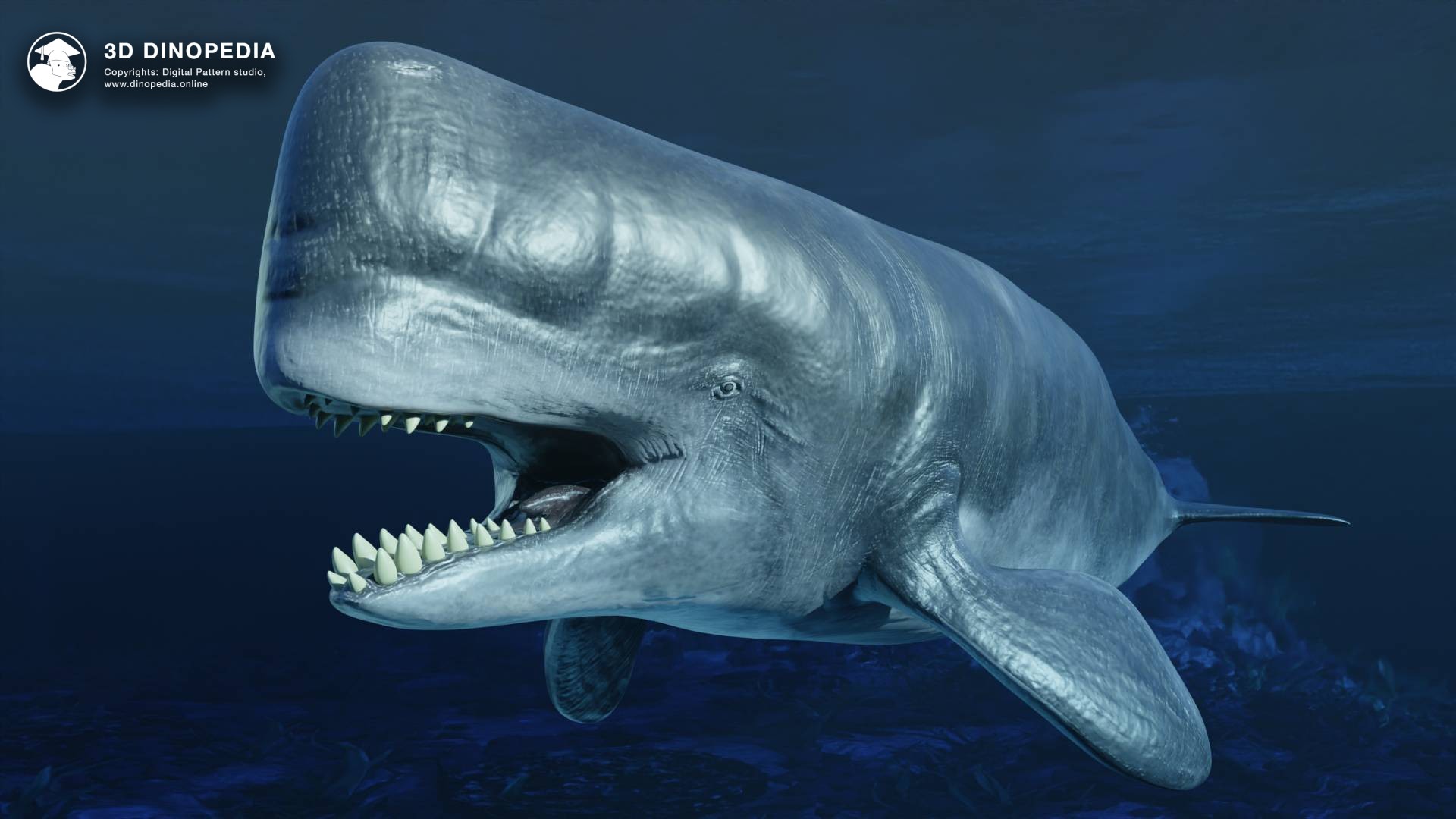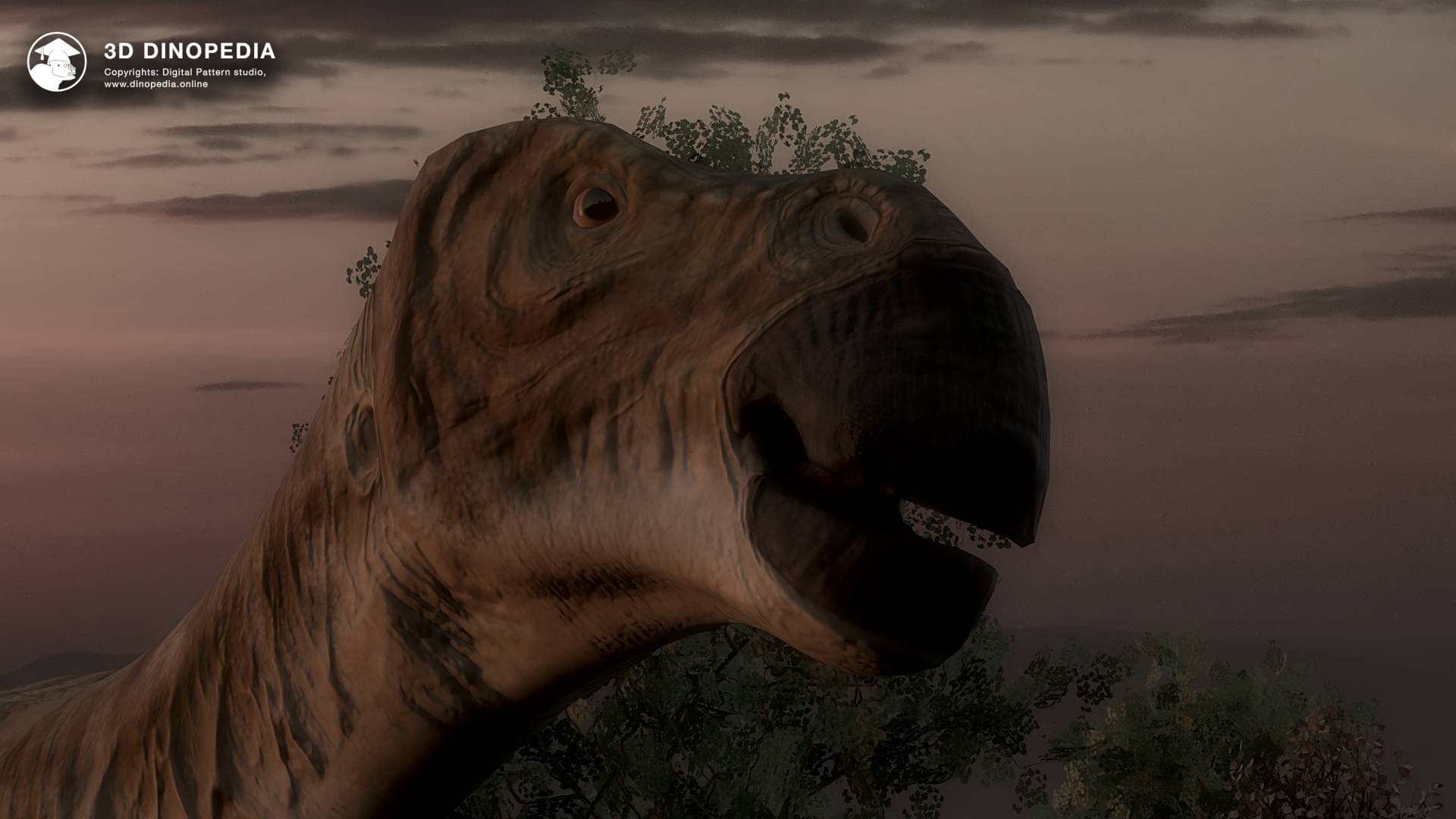The First Herbivorous Giants on Land
05.09.2023 12:54
2219 views

At the end of the Carboniferous period (359-299 million years ago), herbivorous animals were undergoing an important stage of their evolution. It was at this time that the first consumers of terrestrial plants began to form, both among the ancestors of mammals, known as synapsids, and among the earliest reptiles. In 2023, thanks to research by a group of paleontologists led by Canadian researcher Arjan Mann, we have learned new crucial details about this incredibly important process.
Most of the known terrestrial herbivorous animals come from the subsequent Permian period (299-252 million years ago). Among the synapsids, such herbivores included the Caseidae and Edaphosauridae families. These massive creatures with small heads had teeth not only on the edges of their jaws but also on the palate and the inner parts of the lower jaw, which helped them hold and partially process food. Their diet likely included vegetation growing in and around water bodies, as well as decaying wood. According to some paleontologists, Caseidae were semi-aquatic animals, while Edaphosauridae were presumably terrestrial and may have had a large "sail" on their backs covered with skin, serving as a thermoregulator, a fat storage area, or possibly a display structure, similar to a peacock's tail. A typical representative of the Edaphosauridae was the "classic" Edaphosaurus.
However, it was quite evident that the transition must have begun significantly earlier. In the Carboniferous Earth, dense forests existed, but vertebrate animals mainly consumed animal-based food such as insects, mollusks, arachnids, fish, and small amphibians, as well as the first reptiles and synapsids. Large vegetarians did not exist among terrestrial inhabitants. The transition to a vegetarian lifestyle required significant physiological changes: changes in tooth shape and the development of a large gastrointestinal tract.
Finally, scientists managed to find unique fossils documenting the existence of animals that lived at the end of the Carboniferous period, about 307 million years ago, in what is now part of the USA (Linton, Ohio). This site was a stagnant freshwater pond rich in fossilized fish and amphibians. Fossils of primitive reptiles, including Anthracodromeus longipes, the oldest known tree-dwelling vertebrate, were periodically found in the Linton deposits, but synapsid remains had not been found by paleontologists until recently. That changed when they discovered a close relative of the Edaphosaurus, named Melanedaphodon hovaneci. The name can be translated as "black pavement tooth," referring to the animal being found in coal layers in Linton. Based on the shape of its teeth, it was omnivorous, but plant matter predominated in its diet. This species fed on both coarse vegetation such as horsetails and ferns, as well as small invertebrates.
Melanaedaphodon can rightfully be considered a typical "transitional link," revealing how animals were able to transition from a diet of insects and shellfish to plant-based food. On the one hand, its teeth are very broad, which suggests that part of its diet consisted of shelled animals, such as snails. Its ancestors may have had a similar diet. In this regard, Melanaedaphodon is similar to another late Carboniferous edaphosaurid known as the insectivorous Ianthasaurus hardestii. However, unlike Ianthasaurus, Melanaedaphodon has fully developed the additional teeth on the palate and inner jaw that are characteristic of most edaphosaurids. These teeth allowed it to partially soften plant food and were not required for hunting insects.
Judging by the size of the skull, this was a small animal, not exceeding half a meter in length. Like other edaphosaurids, Melanaedaphodon's back may have been covered with a skin sail. Unfortunately, only a skull imprint and some bone fragments of this animal have been preserved, so the details of its structure are not definitively known.
Thus, Melanaedaphodon became the first discovery of large herbivorous animals. This finding allows scientists to expand the horizons of understanding the history of herbivorous terrestrial vertebrates, going even further back in time. Studying Melanaedaphodon gives us a key clue about how terrestrial vertebrates, who previously preferred insects and mollusks, began to incorporate plant-based food into their diet. In the dense forests of the Carboniferous era, such creatures were rare, but nearly ten million years later, with the climate change and the onset of the Permian period, the descendants of Melanaedaphodon left the forests, becoming the dominant herbivorous inhabitants of our planet.
If you want to learn more about this discovery, we recommend referring to the work of paleontologists, in an article published in the scientific journal Scientific Reports.
A. Mann, A. C. Henrici, H.-D. Sues, S. E. Pierce. A new Carboniferous edaphosaurid and the origin of herbivory in mammal forerunners // Scientific Reports. 2023. DOI: 10.1038/s41598-023-30626-8.
Discussions
Recommended articles:







{{ count }} comments
You must login to write a comment